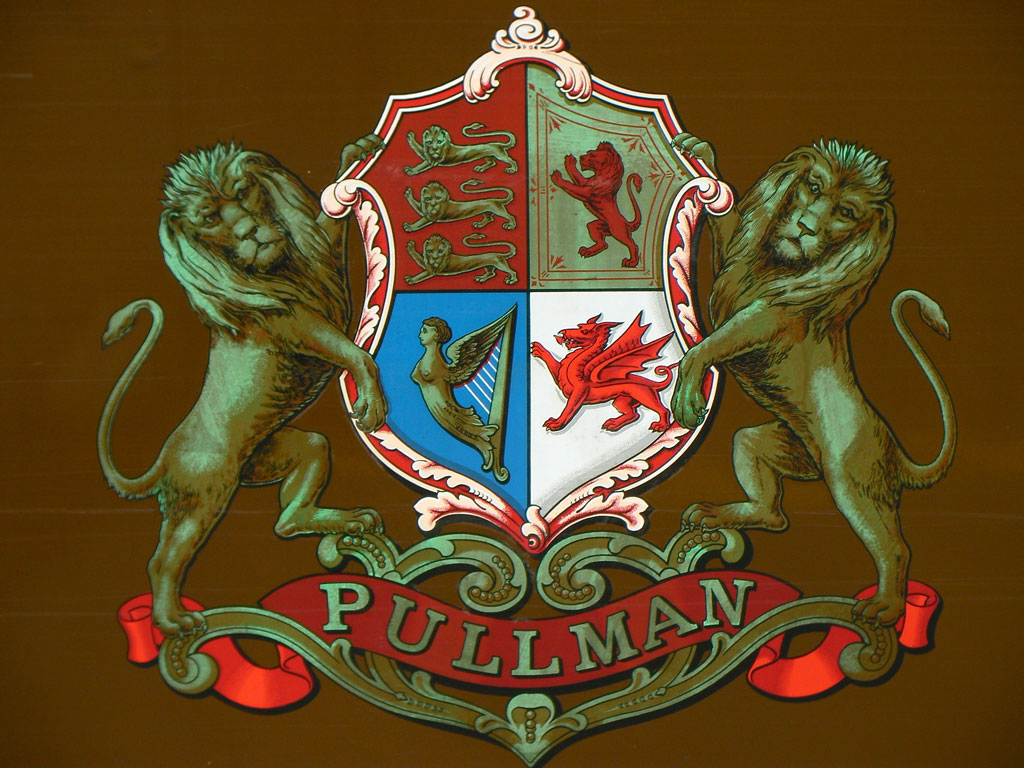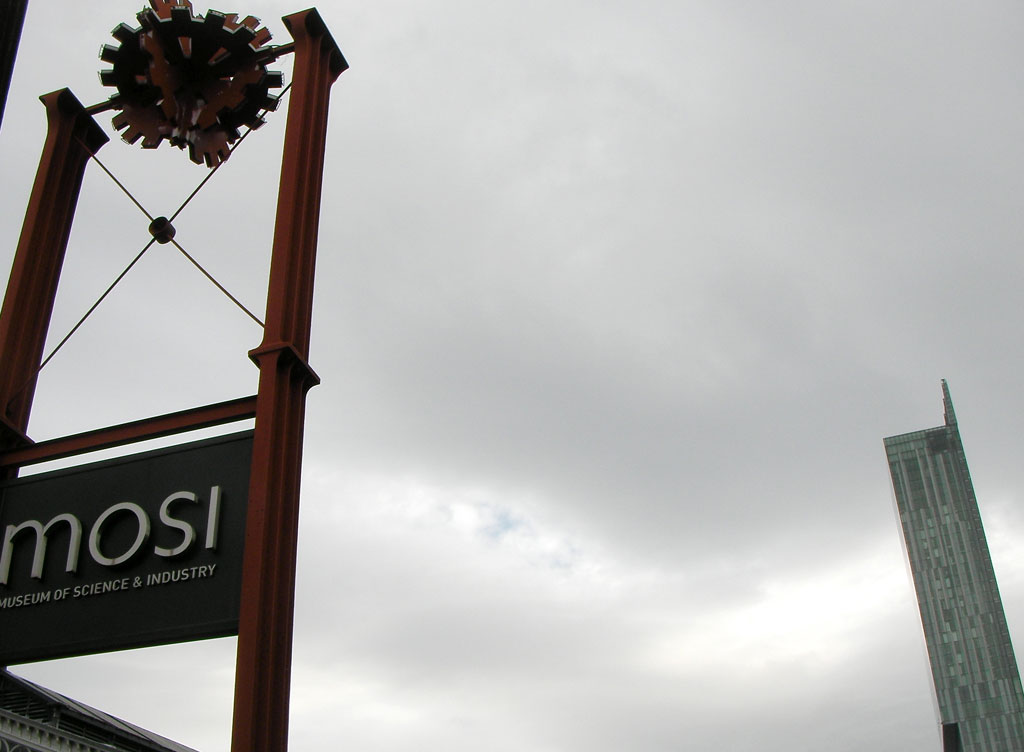* This is the latest post in a weekly series, highlighting stories from my travel-writing archive. Subscribe to the RSS feed for more.
Breakfast is a gloriously gut-busting affair. Crispy bacon, succulent sausages, eggs, mushrooms and baked beans.
It keeps on coming thanks to a battalion of white-jacketed stewards, fussing over the arrangement of the china and polishing the silver on starched-white napkins.
“Would sir like more toast?” Don’t mind if I do. Well, I have been up since 6am and it tasted great, washed down with lashings of hot, milky coffee and panoramic views.
My not-so-petit dejeuner is not being served in a Far East five-star hotel or aboard a luxury cruise liner in the Caribbean.
Far from it. I’ve got a ticket to ride on the Fellsman and am currently sat on a train, trundling through England’s Northwest from Lancaster to Carlisle.
This new, steam-hauled service is a living-heritage excursion back in time to the golden age of rail travel. The first timetabled steam train to operate on the line in over 40 years, the Fellsman [pictured above] runs every Wednesday until September.
It uses a pool of three restored steam engines from the Thirties and period carriages from the Fifties with table seats, panoramic windows and table service in Premier class. It picks up passengers from Lancaster and cuts a splendidly scenic, 260-mile swathe along the mountainous Yorkshire-Cumbria frontier, using the historic Settle and Carlisle line.
Memory lane
“Rail is still the best way to see Britain,” says Nick Dodson, Chairman of Statesman Rail, which operates the service.
“Steam trains smell of nostalgia and the Fellsman harks back to the golden age with its standards of service and dining.”
Saved from closure some 20 years ago, the Settle and Carlisle line is now regarded as one of the great train routes in Britain, running northwards and almost parallel to the M6 and West Coast Main Line route to Scotland.
It’s a testament to the Victorian engineering that not only built a network around Britain, but also took the iron horse to India, Africa and South America.
Track construction started in 1869 with a workforce of 6,000 men – over 200 went on to loose their lives on the job. Passenger services started in 1876 at a total cost of £3.5m.
The combination of challenging climatic conditions, steep gradients and complex engineering of the 21 stone-built viaducts, 14 tunnels and numerous bridges fostered a reputation as a one-off ride.
It is immortalised in the 1955 short film, Snowdrift at Bleath Gill, held by the British Transport Film archive.
“The Settle to Carlisle line is part of Pennine culture. It’s a triumph of man over environment,” says Nick Dodson. “Blood, sweat and steam got the trains through and the engine drivers were afforded the same respect at that time as airline pilots are today.”
Rail enthusiasts
Joining me for the Fellsman’s first run are a good-natured mix of retired rail enthusiasts, fathers and sons on bonding day trips and mature couples enjoying the sense of nostalgia.
From Settle we build a steady head of steam to a maximum speed of 60mph as we climb towards the 24-arch Ribblehead Viaduct with views of three Pennine peaks.
Sturdy stone cottages cling stoically to the rough-hewn landscape of the peaks, fells and farmland. Lambs gamble playfully in the lush-green fields and gurgling streams tumble over moss-coated stepping stones. Walkers in muddy boots, stop, sup from their flasks and wave us on by with a grin.
While the passengers snore through a mid-morning snooze, or catch up on the weekend papers, I head back through the train carriages to the staff car for a word with guard and fireman Alasdair Morgan.
An affable Bolton lad with a boyish enthusiasm for steam trains, he sports a jaunty knotted handkerchief to protect his silver-fox locks from the onslaught of soot.
“It’s a 20-mile climb from Settle to Ribbelehead, so I’m putting ten shovels of coal on the fire every couple of minutes to maintain boiler pressure and keep the water boiling,” says Alasdair.”It’s dirty, smelly and noisy – and I love every minute of it,” he grins.
“You have to interact with a steam loco, listening to the sounds it makes. It’s a living entity.”
Break the journey
With a two-hour break in Carlisle to stretch my legs, I head for Tullie House Museum and Art Gallery, where the Border Galleries explains Carlisle’s development as a rail hub.
Given its strategic border-crossing location, seven different railway companies had lines ending at Carlisle Citadel Station by 1876.
Back on the platform as the staff prepares the train for the return, I quiz my fellow passengers about the experience.
“I remember the old days of steam trains from the Fifties and loved the ride today,” enthuse friends Maurice Parker and Brian Plant from Staffordshire. “People moan about British trains but this service shows we still have a lot to be proud of.”
Heading home
I can smell the dinner simmering in the kitchen car as I take my seat and settle in for the early evening return.
Everyone loves steam trains. Maybe it’s the genteel elegance of the dining car, maybe the idea of revisiting an indulgent, luxurious era, maybe the sense of pride that Britain once built railways for the world and can still operate a first-class service.
Or maybe it’s just as Nick Dodson says.
“Nothing beats a full English in an old Pullman carriage with the smell of the steam wafting in through the open windows.”
Yes, maybe. That breakfast was pretty special.
* This story was first published in Hotline magazine in 2009.
Liked this? Try also these stories with something of a Father’s Day motif, Family Holidays in the Lake District and Riding the Glacier Express in Switzerland.
Your view? Post your comments below.



